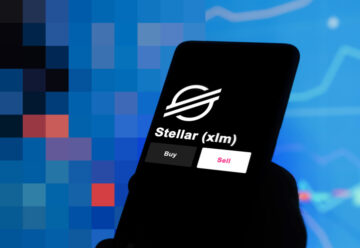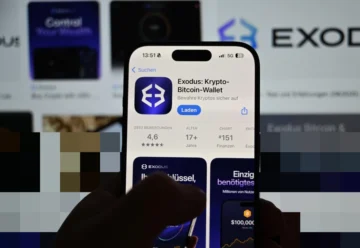Quarter of DeFi Sector TVL Blocked in Liquid Staking Protocols

Liquid staking protocols were the largest category in the decentralized finance (DeFi) sector in H1 2023. About 24% of the total value locked (TVL) volume is in LSTfi protocols.
According to Binance’s Half-Year Report 2023, liquid staking protocols rank first among DeFi protocols in terms of the value of cryptocurrencies blocked in their smart contracts.
Binance’s report indicates that liquid staking owes its popularity to Ethereum’s successful transition to the Proof-of-Stake (PoS) algorithm. This led to a significant increase in the number of staking protocols and demand for wrapped tokens stETH, rETH, WBETH, and others.
After Ethereum’s Shanghai update, which allowed users to withdraw staked ETH, LSTfi projects started gaining popularity. This category includes protocols for yield trading, indexing services, and minting stablecoins using LSTs as collateral. Such protocols made staking more accessible by lowering technical barriers and capital requirements, allowing users to preserve liquidity by participating in staking. Another new phenomenon is restaking that enables assets to be resubmitted to staking based on tokens that have already been blocked and generate extra revenue.
The increased capital efficiency, yield farming opportunities, and enhanced network security were the main advantages of liquid staking that made it the largest category in DeFi, taking up about 24% of the market.
Binance reports that Lido remains the leader in the liquid staking market, holding over 75% of TVL. However, other protocols such as Rocket Pool and Frax Ether are also showing strong growth in market share. In turn, competition between the protocols is further boosting the sector.
Despite the growth, liquid staking isn’t free of risks. LSTfi protocols may face smart contract vulnerabilities, the risk of asset slashing, and price fluctuations. Therefore, users are advised to do their own research and choose reliable projects. Binance analysts predict further growth of the sector throughout the current year.
By April 2023, liquid staking protocols overtook decentralized exchanges (DEX) in terms of TVL. It’s worth noting that according to Binance’s report, the DeFi sector generally lost about 0.5% of TVL in H1 2023.











